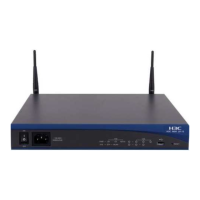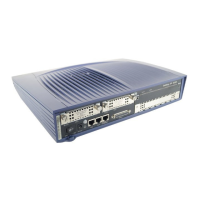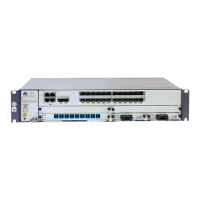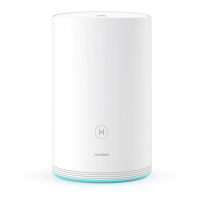4.5.2 Enabling EFM OAM Remote Loopback
You can configure the EFM OAM remote loopback function to locate faults on the remote end
and assess the link quality.
Context
Do as follows on the device with an active interface on the link:
Procedure
Step 1 Run:
system-view
The system view is displayed.
Step 2 Run:
interface interface-type interface-number
The interface view is displayed.
Step 3 Run:
efm loopback start [ timeout timeout ]
Remote loopback is initiated by the interface.
CAUTION
Remote loopback may cause an exception in forwarding of data packets and protocol packets;
therefore, you are not advised to configure other services on the loopback interface.
By default, the timeout period for remote loopback is 20 minutes. After the timeout period,
remote loopback is automatically disabled. You can set the timeout period to 0 for a link to
remain in the remote loopback state.
The following requirements must be met to implement remote loopback:
l The EFM OAM protocols on the local interface and the peer are in the Detect state.
l EFM OAM on the local interface works in active mode.
Before changing the value of timeout timeout, run the efm loopback stop command to disable
remote loopback on the interface.
You can use the display efm session command to check whether the EFM OAM protocols
running on the local interface and the peer are in the Detect state.
----End
4.5.3 Sending Test Packets
The sent test packets are a type of Ethernet packets that are constructed for testing the packet
loss ratio on a link. This function can be used with the EFM OAM remote loopback function to
test the packet loss ratio on the link.
Quidway S6700 Series Ethernet Switches
Configuration Guide - Reliability 4 Ethernet OAM Configuration-EFM
Issue 01 (2011-07-15) Huawei Proprietary and Confidential
Copyright © Huawei Technologies Co., Ltd.
162

